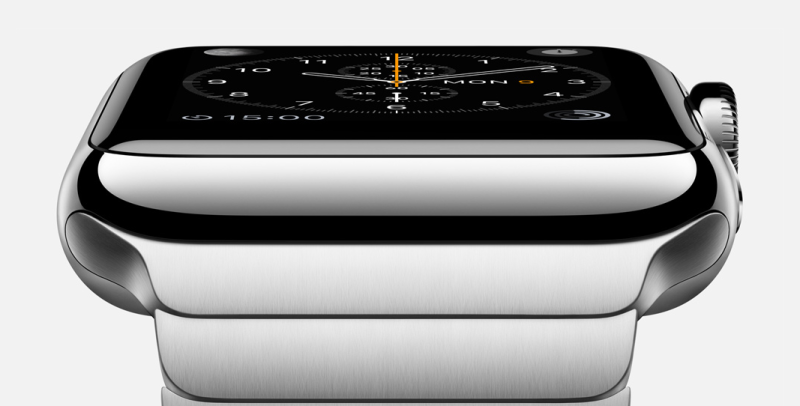Apple Watch: Even With 70 Percent “Not Interested” Apple Could Still Sell Millions
- Fahad H

- Mar 15, 2015
- 3 min read

Now that details about the functions and pricing of the Apple Watch are public, industry observers are speculating about the sales outlook for the device. A new poll from Reuters (n=1,245) argues roughly 70 percent of the consumer public is simply “not interested.”
While Pebble said it sold more than a million smartwatches, Android Wear hasn’t done as well. Various hardware tracking firms reported recently that Android Wear shipped (not sold) between 720,000 and 750,000 units in 2014, suggesting tepid public reaction to smartwatches.
So far the Apple Watch has received generally positive but mixed reviews. Some people are contemptuous of the higher end “Watch Edition” pricing and even giving the Watch the “Glasshole treatment.”
Should Apple be worried? Does all this limit the prospects for the new device? This is a half-full, half-empty situation where half-empty still means millions of watches sold.
Local Media Tracking Study data (2014) from LSA argue, very like the Reuters poll, that about 70 percent of the US population is just “not interested” in a smartwatch at this point (Apple’s device wasn’t specifically identified in that survey). I was struck by the consistency between the two survey findings with different methodologies.
In the Reuters survey about 25 percent indicated they were “interested” or “very interested” in an Apple Watch. In the earlier LSA study, 19 percent of respondents in the aggregate said they were interested in buying a smartwatch. Younger men (18 to 34) living in urban areas showed the greatest interest (29 percent for 18 to 24 year olds).
Let’s take a look at what these figures might mean in terms of sales and actual dollars. According to comScore about 76 percent of the US mobile subscriber population now own smartphones. Here’s the most recent market share breakdown:
Android — 53.2 percent
iPhone — 41.3 percent
Windows Phone — 3.6 percent
Others — 1.9
CTIA, the wireless industry trade association, says that mobile penetration in the US is 104 percent. That would mean 320 million people have mobile phones of some kind (in fact babies don’t yet have cell phones; many adults have more than one). Let’s discount that CTIA number as highly inflated. It’s very safe to say that about 250 million people in the US have a mobile phone — at least 55 percent of US households are mobile only or mostly mobile.
Accordingly a moderately conservative estimate of US smartphone owners would be 190 million people. Using that figure, here’s what the market share numbers above would mean in real terms:
Android — 101 million
iPhone — 78 million
Windows Phone — 7 million
Others — 4 million
If 25 percent of those 78 million iPhone owners were to buy an Apple Watch it would mean 19.5 million potential owners in the US. But let’s further discount that number. In the Reuters survey, the “very interested” group represented 9.4 percent of respondents or, in my estimate, 7.3 million potential buyers.
Using an average selling price of $350 (the entry level Apple Watch) and 7.3 million units, we’re looking at $2.5 billion in additional gross revenues for Apple in the US. However most buyers aren’t going to purchase the cheaper “Sport” edition, they’ll probably buy the more expensive “Apple Watch,” which starts at $549. (7 million unit sales at $549 is nearly $4 billion.)
On its first weekend, global iPhone 6 and 6 Plus sales exceeded 10 million units. The company went on to sell 75 million iPhones, globally, during the holiday quarter. Apple is expected to sell 50 million more handsets in Q1 2015. If roughly 10 percent of the global iPhone 6 population (125 million approximately) go on to buy an Apple watch that’s 12.5 million potential buyers — or more than $4 billion in new global revenues ($7 billion at the higher price point).
Pre-orders begin on April 10 and in-store availability on April 24, in about nine countries. It’s a safe bet that Apple will sell more than a million Watches during this opening run to the “very interested.” What will be more interesting is to see if the device has legs and can attract the merely “interested.”
But what if the skeptics are wrong and Apple sells to not only very interested but also the merely interested and even the unsure — or 30 percent of the iPhone population? On the high end, that could mean sales of more than $8 billion to $13 billion in the US alone.








Comments